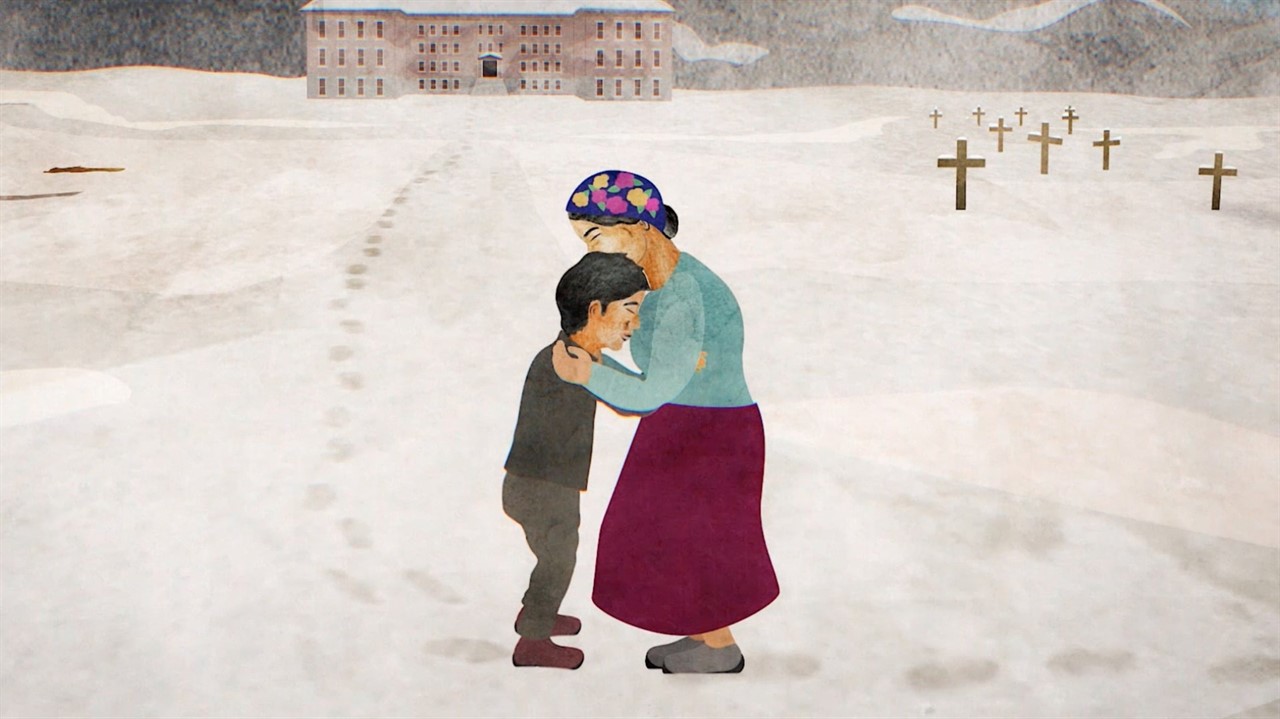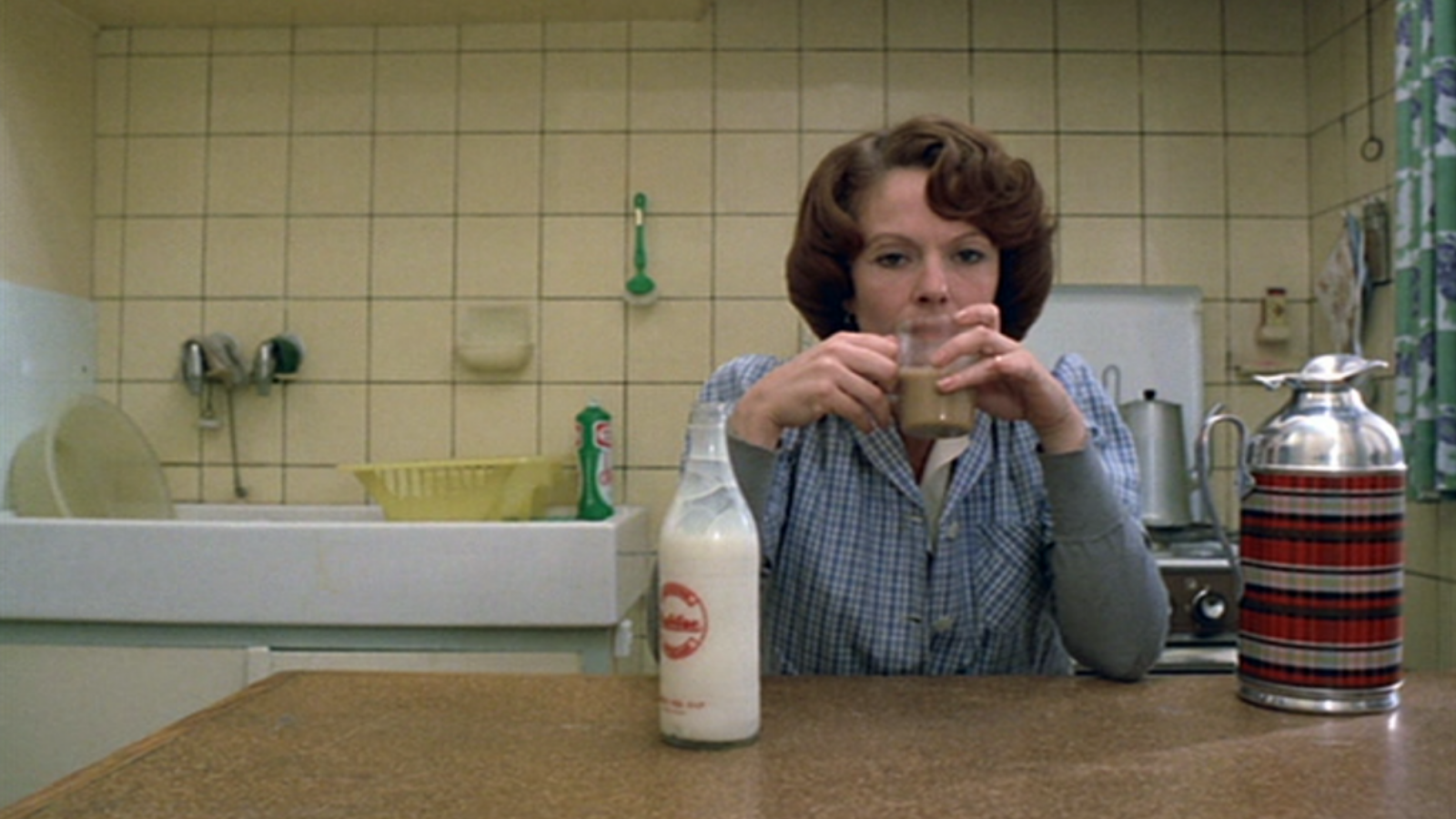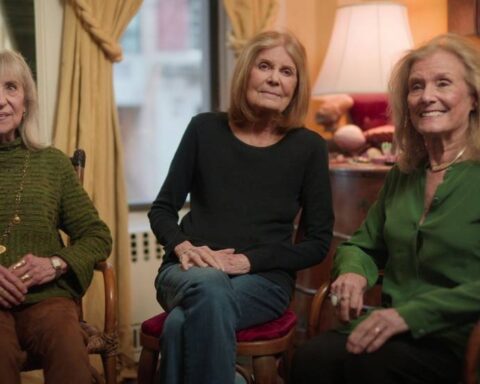Every building tells a story. The older the abode, the grander the tale. The short doc series Behind the Façade, produced by Lantern Films, opens the doors of several structures that shape the history of beautiful British Columbia. Curated with an admirable attention to the cultural diversity and range of experiences housed within the province, the short docs illustrate why some institutions are sites of memory for some people, while others might simply pass them by.
The brevity of the docs admittedly leaves some stories feeling incomplete or under-developed in some cases—several times, the short cuts to a new film when one expect it simply to cut to another scene. However, as quick bites or social media friendly digi-docs, these looks at the landscape invite audiences to explore different facets of their environments. Nuxalk Radio, directed by Banchi Hanuse, begins the program by tuning in to the titular radio station. Capturing an array of voices who host the programs, produce the shows, and listen-in around the clock, the film spotlights the importance of hearing one’s community and language reflected through the airwaves.
Baljit Sangra’s Have You Forgotten Me?, meanwhile, charts the legacy of the Gur Sikh Temple, which is North America’s oldest running gudwara. Featuring interviews with Nash and Rajinder Gill, the film looks at the guwara’s role past and present as archival images chronicle a history of forced assimilation as Indian immigrants, some of whose families were separated while coming to Canada, felt compelled to westernize in order to be accepted by the ruling class. (Which nevertheless rejected them.) The Gills explain how the gudwara offered and continues to provide a safe space for religious and cultural freedom. The film invites audiences inside a place where Sikh Canadians can come together in an environment where one can embraced for the colour of one’s skin, the style of one’s dress, or the language in which one expresses oneself.
The Tomahawk by Lyana Patrick, one the other hand, serves the most entertaining bite in the program. The doc takes audiences to The Tomahawk, a greasy spoon that happens to be the oldest family restaurant in B.C. The film finds a humorous middle ground in the journey from cultural appropriation to understanding through the story of restaurateur Chuck Chamberlain, who adorns The Tomahawk with all sorts of carvings, knick-knacks, and kitsch from a variety of First Nation tribes. Patrick invites Skwxwú7mesh elder and renowned carver Robert Yelton to join the conversation as The Tomahawk becomes a site where First Nations artists can sell and display their work, and therefore correct the menu while contributing to it. Political incorrectness nevertheless endures, as Yelton humorously notes with a trip to the john and a self-deprecating sigh.
Patrick also directs two other shorts, including A Place to Belong with Rosemary Georgeson. The doc is a compelling and personal look at a Christmas celebration at an East Vancouver friendship centre. Patrick’s Hot Docs hit The Train Station, meanwhile, is an animated short that visits a site in which Indigenous children were forced to break from their families, heritage, and tradition as they awaited transportation to Lejac Indian Residential School. The film is especially powerful in light of the recent discovery of the remains of 215 children in Kamloops. A very strong entry,
Sol Diana makes a compelling direct address to the camera in Joella Cabalu’s Ode to a Seafaring People. The spoken word poet speaks to a crowd assembled at the Mission to Seafarers in Vancouver. His powerful words honour the history of Filipino seafarers who transport goods across the ocean, providing Canadians with necessities and comforts, but do so at the expense of time with their families. His words, told in the present, evoke an ongoing tale of sacrifice as Filipino-Canadians still transport the majority of goods in this role. The Mission to Seafarers, therefore, is a gathering site where a community can become a family.
Finally, just in time for Pride Month comes Happytime Social Club, directed by Dave Rodden-Shortt. This peppy film gives audiences the secret password to enter an underground club that let gay Vancouverites flourish fabulously in the 1950s. Using select personal stories, archival photographs, and images of façades, the film illustrates how a building is so much more than its exterior or distinct architecture by putting a personal story of a couple that could only really celebrate love at the club when they were outside their home. The film, much like Have You Forgotten Me? and Seafaring People, illustrates the safe space that certain buildings house away from the prejudices of mainstream society. These films lookat how distinct cultural spaces change over time, how people can come out into the open while retaining safe spaces to gather. However, in nearly all the films in the series, events from recent history echo throughout. Behind the Façade is an open doors walking tour of B.C. that uncovers numerous aspects of history housed within a city’s walls.
Behind the Façade premieres on Knowledge Network on June 3 at 9:00pm PST.












